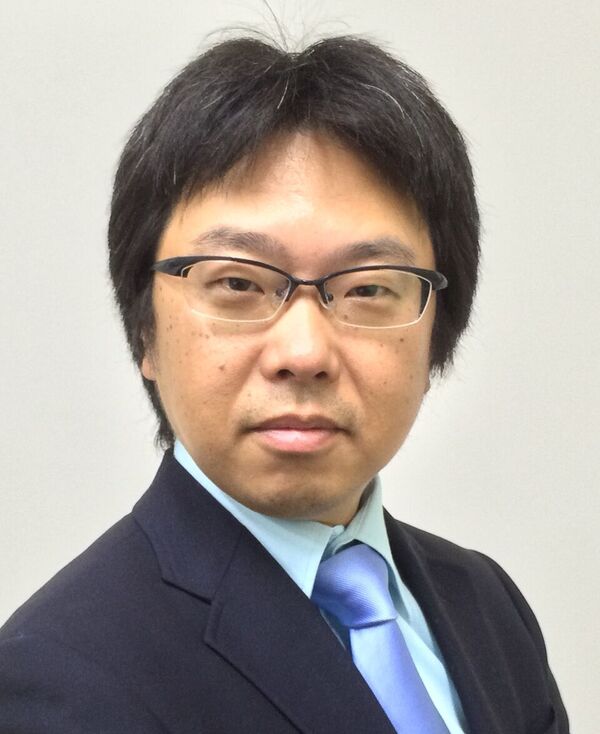
"Kazuemachi Chaya District" http://www.kanazawa-kankoukyoukai.or.jp/com/img/movphoto/photolib/01shizen/high/009.jpg
September 19-22, 2017
Kanazawa University, Kanazawa, Japan

"Kazuemachi Chaya District" http://www.kanazawa-kankoukyoukai.or.jp/com/img/movphoto/photolib/01shizen/high/009.jpg
 Speaker:Prof. Masaaki Nagahara
Speaker:Prof. Masaaki Nagahara